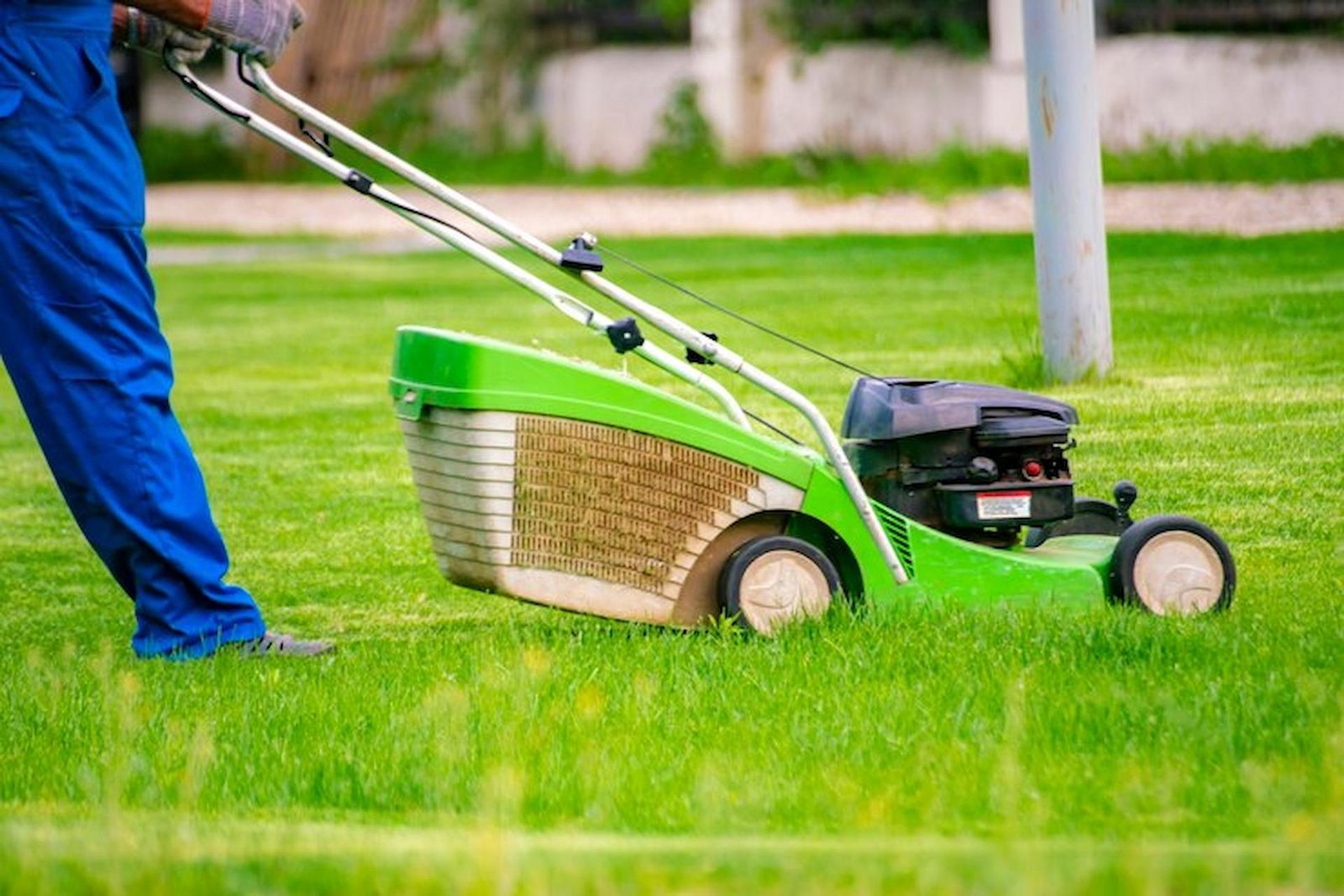
Identifying Different Weed Varieties. Learn why it’s crucial to do it correctly and how this simple practice can transform your yard.
A well-manicured lawn is not just a picturesque addition to your home; it’s a testament to your care and dedication to creating a beautiful outdoor space. However, achieving that vibrant green grass carpet requires more than regular watering and mowing. One of the most crucial but often overlooked aspects of lawn care is aeration. This process is fundamental to maintaining soil health and promoting lush growth. This comprehensive guide will delve into the importance of aeration, exploring how, when, and why it matters for your lawn.
Exploring Lawn Aeration Techniques
Lawn aeration is the process of perforating the soil with small holes to allow air, water, and nutrients to penetrate deep into the grassroots. Over time, the soil in your lawn can become compacted due to foot traffic, heavy machinery, and even natural settling. This compaction restricts the movement of essential elements your grass needs to thrive. By aerating your lawn, you create channels that facilitate better circulation of air, water, and nutrients, promoting healthier root growth and overall vitality.
Benefits of Aeration
The benefits of regular lawn aeration are manifold. Firstly, it improves soil drainage, preventing water from pooling on the surface and reducing the risk of waterlogging and root suffocation. Secondly, it enhances fertiliser uptake by allowing nutrients to reach the grassroots more effectively, encouraging stronger and more resilient growth. Additionally, aeration helps break down thatch—a layer of dead grass and roots that can accumulate on the soil surface—promoting decomposition and preventing diseases and pests from taking hold.
When to Aerate Your Lawn
Timing is crucial when it comes to aerating your lawn. The best time to aerate cool-season grasses such as Kentucky bluegrass, fescue, and ryegrass is during their peak growing seasons in early spring or fall. This timing ensures that the grass can quickly recover and fill in any open areas left by the aeration process. On the other hand, warm-season grasses like Bermuda grass and zoysia should be aerated in late spring to early summer when they are actively growing and can heal quickly.
How to Aerate Your Lawn
There are several methods for aerating your lawn, each suited to different lawn sizes and soil conditions. The most common tool used for small to medium-sized lawns is a core aerator, which removes plugs of soil from the ground, creating space for air and nutrients. For larger areas or heavily compacted soil, you may opt for a spike aerator or a liquid aerator, which uses specially formulated liquids to penetrate the soil and reduce compaction.
Preparing Your Lawn for Aeration
Before aerating your lawn, it’s essential to prepare it properly to maximise the benefits of the process. Start by mowing your grass slightly shorter than usual to expose the soil surface and allow easier access for the aerator. It’s also a good idea to water your lawn thoroughly a day or two before aerating to ensure that the soil is adequately moist but not soggy. This preparation helps the aerator penetrate the soil more effectively and encourages deeper aeration.
Aftercare Following Aeration
Proper aftercare is important after aerating your lawn to help your grass recover and thrive. One crucial step is to fertilise your lawn immediately after aeration. This helps replenish nutrients and encourages vigorous growth. You should also continue to water your lawn regularly, especially during dry periods, to promote deep-root development. Avoid mowing your lawn for a few days after aeration to give the grass blades time to recover and minimise stress on newly exposed roots.
Signs Your Lawn Needs Aeration
Understanding when your lawn needs aeration is key to maintaining its health and vigour. Signs of soil compaction include water pooling on the surface after rainfall, difficulty inserting a garden fork or spade into the soil, and thinning or patchy grass growth. If you notice these signs, it’s time to schedule aeration to alleviate compaction and improve the overall condition of your lawn.
The Importance of Regular Aeration
Regular aeration is essential for the long-term health and beauty of your lawn. Even well-maintained lawns can develop soil compaction over time due to natural processes and external factors. By incorporating aeration into your lawn care routine at least once a year, you can prevent compaction from becoming a serious problem and ensure that your grass continues to thrive year after year.
Wrap-Up
In conclusion, lawn aeration is a fundamental practice that can significantly enhance the health and appearance of your lawn. By addressing soil compaction and improving the circulation of air, water, and nutrients, aeration fosters robust root growth and lush grass. Knowing when and how to aerate your lawn ensures that you maximise the benefits of this simple yet effective technique. Whether you choose to aerate your lawn yourself or enlist the help of a professional, the investment in aeration pays off in the form of a greener, healthier lawn that you can enjoy throughout the seasons.









I couldn’t agree more with the importance of aeration for maintaining a healthy lawn! It’s not just about aesthetics; proper aeration allows nutrients, water, and oxygen to penetrate deep into the soil, promoting robust root growth and overall turf health. Timing is crucial too—spring or fall when the grass is actively growing is ideal. Personally, I’ve seen a noticeable improvement in my lawn’s thickness and vibrancy after aerating regularly. Plus, it reduces soil compaction, which can hinder root development. Thanks for highlighting this crucial lawn care practice—it’s definitely worth the effort for a lush, green yard!